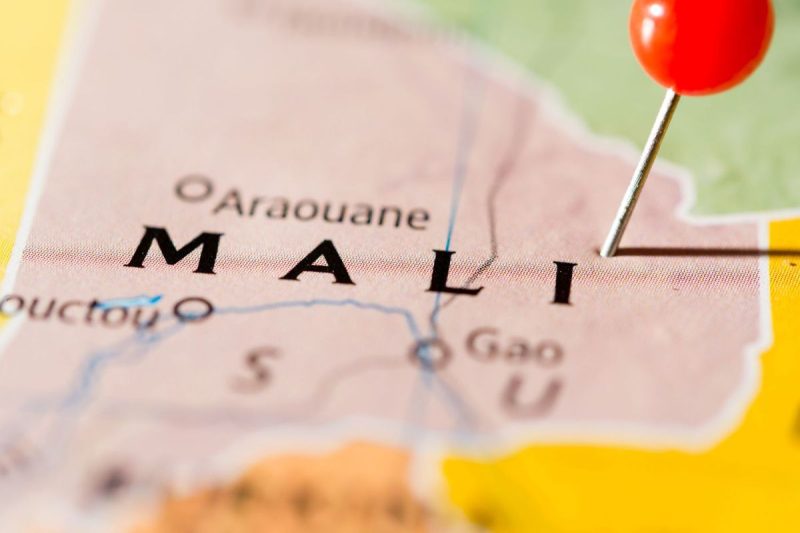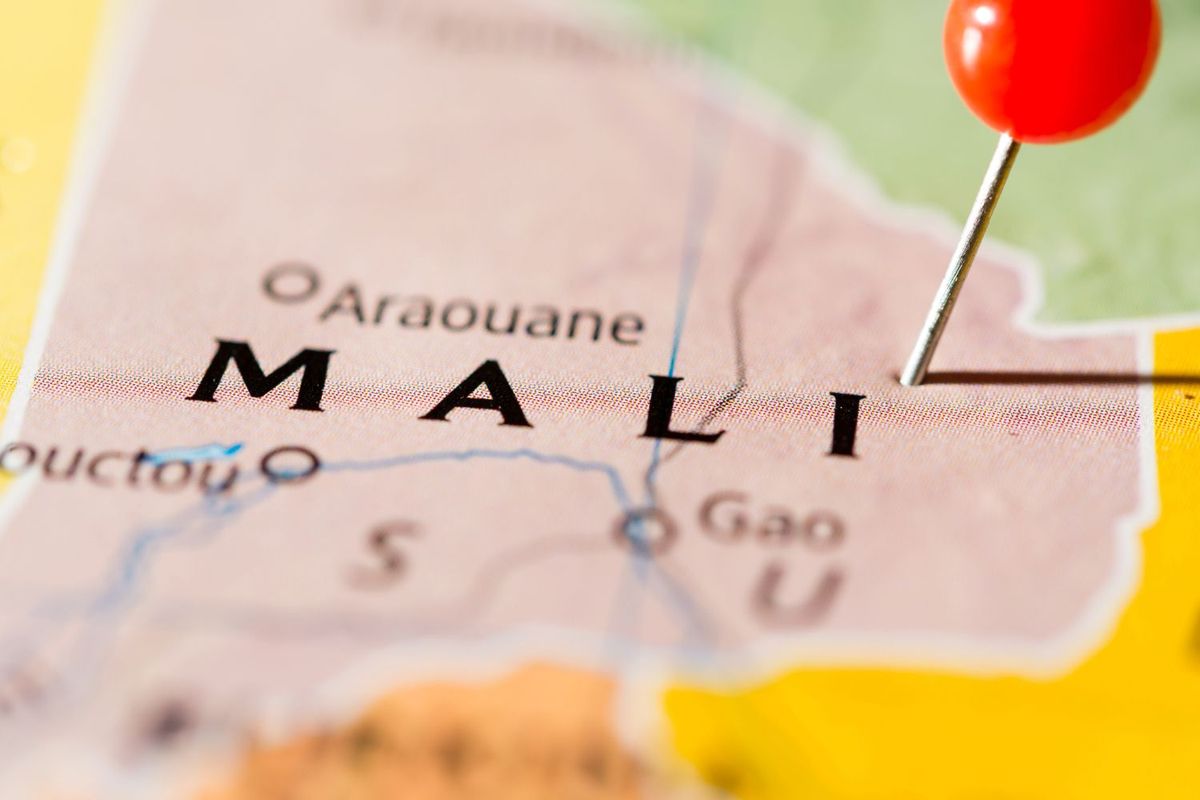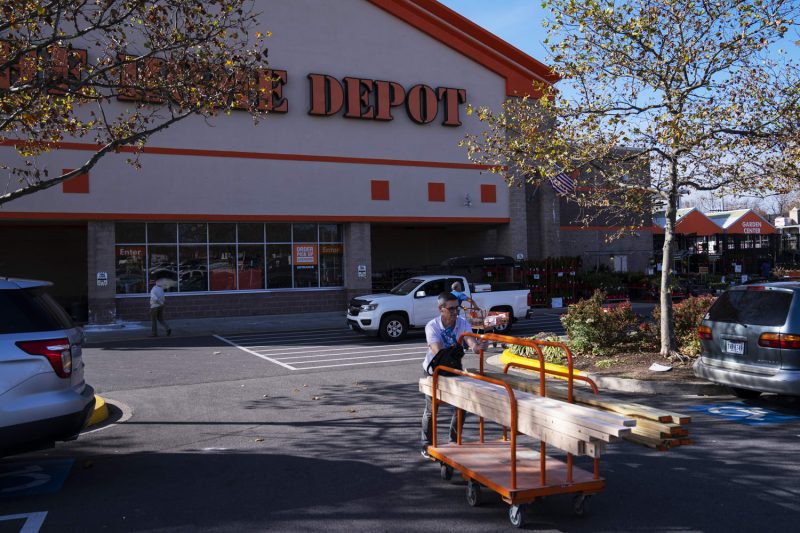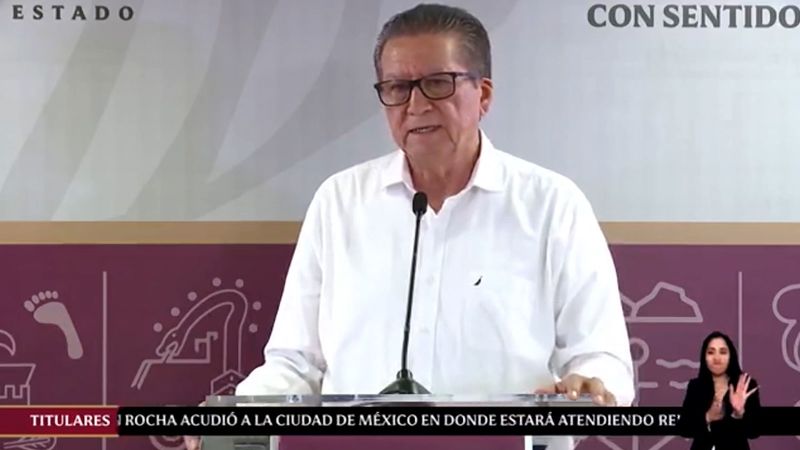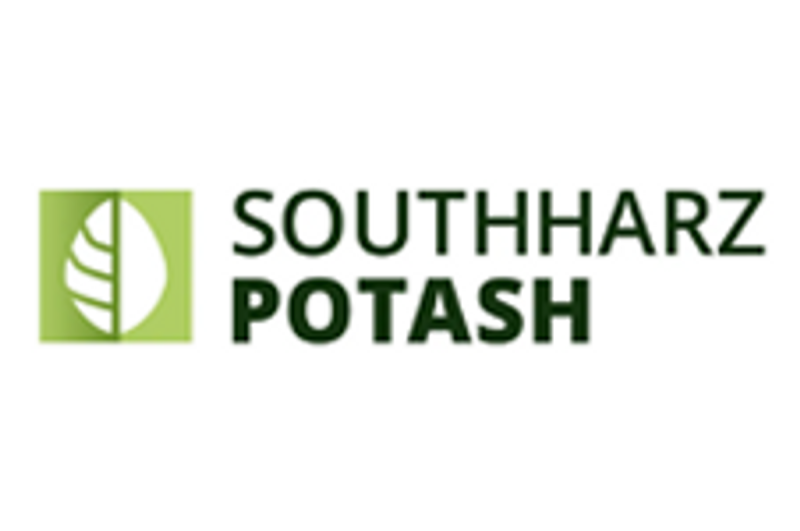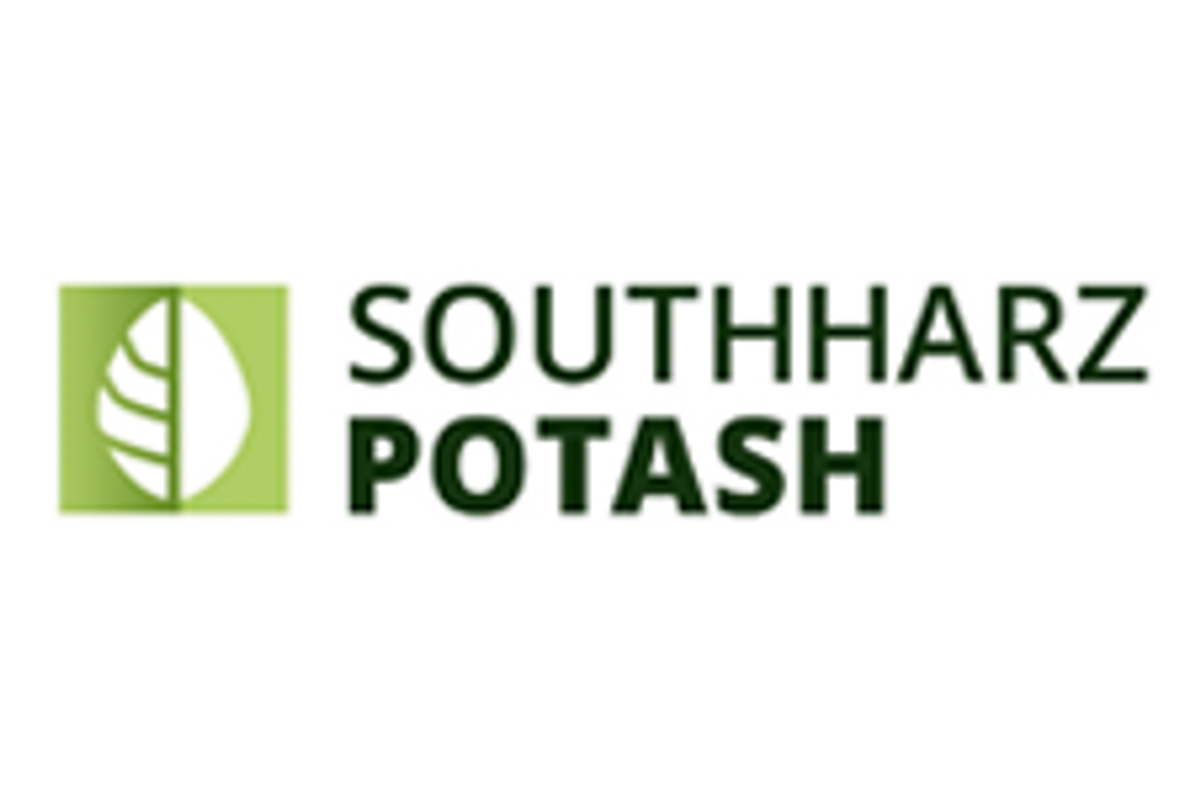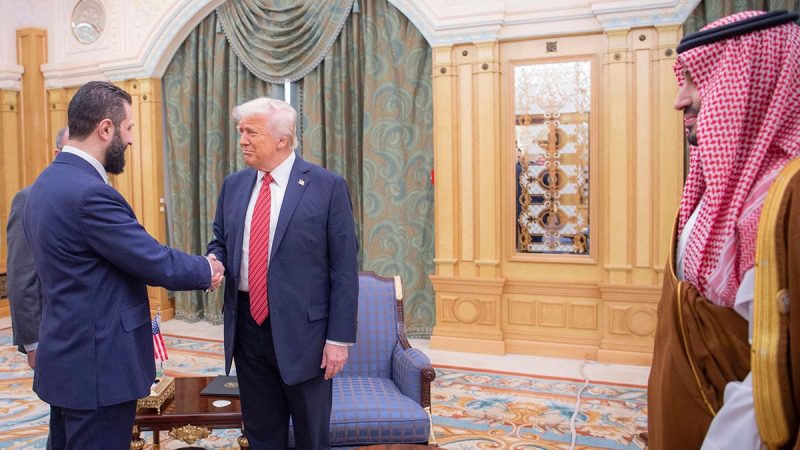

Uranium market watchers know that Canada’s Athabasca Basin is among the world’s richest uranium jurisdictions and hosts several of the highest-grade uranium deposits on the planet.
Spanning close to 100,000 square kilometers of the Canadian Shield of Northern Saskatchewan and Alberta, the Athabasca Basin is a major contributor to Canada’s status as the second largest uranium producer and the third largest country by uranium reserves.
Unsurprisingly, the region is home to the world’s largest uranium mine, Cigar Lake. The mine reports average grades of 14.69 percent U3O8 and accounts for 14 percent of global uranium production.
First commissioned in 2014, Cigar Lake is operated by uranium major Cameco (TSX:CCO,NYSE:CCJ), which holds a 54.547 percent stake in the mine, as part of a joint venture with Orano Canada at 40.453 percent and TEPCO Resources at 5 percent. Ore from the underground mine property is processed at Orano’s McClean Lake mill, located 70 kilometers from the mine.
Uranium was first discovered in the Athabasca Basin in 1934, and today the region remains a major hot spot for uranium exploration. In recent years, a number of Athabasca Basin uranium companies have made exciting new discoveries, sparking a staking rush by others looking to get in on the action.
Athabasca Basin uranium exploration companies
1. ATHA Energy (TSXV:SASK,OTCQB:SASKF)
ATHA Energy has an extensive uranium exploration pipeline across Canada, including in Saskatchewan’s Athabasca Basin. At 3.8 million acres, ATHA’s land package in the Athabasca Basin includes the Gemini project, a basement-hosted near-surface uranium deposit with uranium intercepts of between 6,190 and 96,600 parts per million.
The company also holds a 10 percent carried interest in exploration projects operated by NexGen Energy (TSX:NXE,NYSE:NXE) and IsoEnergy (TSX:ISO).
2. Azincourt Energy (TSXV:AAZ,OTCQB:AZURF)
Azincourt Energy has two uranium projects in Canada, one of which is its East Preston joint venture project near the southern edge of the Western Athabasca Basin. Azincourt has an 86.5 percent interest, with the remainder held by Skyharbour Resources. The 20,647 hectare property is adjacent to Skyharbour’s minority-owned Preston project.
Azincourt says it is targeting basement-hosted unconformity-related uranium deposits in two prospective conductive, low-magnetic-signature corridors. The company is planning for a fall 2025 geophysics exploration program at East Preston in preparation for a potential winter 2026 diamond drill program.
3. Baselode Energy (TSXV:FIND)
Baselode Energy’s strategy is developing assets near the Athabasca Basin with similar geology. Its ACKIO near-surface uranium discovery at its Hook project is located directly adjacent to the Athabascan Basin. First discovered by the company in September 2021, the ACKIO near-surface uranium prospect is more than 375 meters along strike, and more than 150 meters wide.
Baselode has identified at least nine separate uranium pods, or small bodies of mineralization, on the project. Drill results from its summer 2024 exploration program were released in May 2025, demonstrating the potential for further expansion of the known uranium mineralization at ACKIO.
4. CanAlaska Uranium (TSXV:CVV)
CanAlaska Uranium is a project generator with interests in a portfolio of assets in the Athabasca Basin covering 1.24 million acres. The company is advancing its West McArthur joint venture with Cameco, which is situated near the McArthur River mine in the Eastern Athabasca Basin. CanAlaska owns 85 percent of the project.
CanAlaska’s 2025 C$12.5 million drill program at West McArthur is aimed at expanding and delineating the high-grade Pike Zone uranium discovery.
Earlier this year, the company completed the first drilling in over 10 years at its wholly owned Cree East deposit in the south-eastern portion of the Basin. The drill program was fully funded by Nexus Uranium (CSE:NEXU,OTCQB:GIDMF) as part of an option earn-in agreement to earn up to 75 percent interest in the project.
5. Denison Mines (TSX:DML)
Uranium miner Denison Mines’ direct ownership interests in the Athabasca Basin region covers approximately 384,000 hectares. The company has a 22.25 percent stake in the McClean Lake mine and mill joint venture project operated by Orano Canada.
Denison’s flagship project in the region is Wheeler River, considered the largest undeveloped uranium project in the eastern region of the Athabasca Basin. Wheeler River hosts the high-grade Phoenix and Gryphon deposits.
According to a 2023 feasibility study, Phoenix hosts a proven and probable resource of 219,000 metric tons at an average grade of 11.7 percent uranium for 53.3 million pounds. The company plans to develop the deposit as an in-situ recovery operation.
The Canadian Nuclear Safety Commission is slated to conduct hearings for the project’s environmental assessment and license on October 8 and December 8 to 12, 2025. If approval is granted, the company is looking to break ground in early 2026 and commence production by the first half of 2028.
As for the Gryphon deposit, Denison has evaluated it as a conventional mine in a pre-feasibility study. The company conducted a field program in the first quarter 2025 that may be used for a future feasibility study.
6. F3 Uranium (TSXV:FUU,OTCQB:FUUFF)
F3 Uranium has three exploration properties in the western region of the Athabasca Basin: the advanced-stage Patterson Lake North project, which hosts the JR discovery, as well as the early-stage Minto and Broach projects.
In February 2025, the company launched a drill campaign at its Patterson Lake North project followed by ground geophysical exploration programs at its Broach and Minto projects. F3 Uranium raised C$7 million in flow-through shares in May 2025, which will go towards further exploration of its uranium projects.
7. Forum Energy Metals (TSXV:FMC,OTCQB:FDCFF)
Forum Energy Metals has numerous wholly owned and joint venture projects hosting new discoveries of high-grade unconformity-related uranium deposits in the Athabasca Basin. So far in 2025, the company’s focus has been on the Northwest Athabasca (NWA) project, a joint venture between Forum at 45.4 percent, NexGen Energy at 25.3 percent, Cameco at 18 percent and Orano Canada at 11.3 percent.
Early in the year, Forum announced an option agreement allowing Global Uranium (CSE:GURN,OTCQB:GURFF) to earn up to 75 percent of Forum’s stake in the property by spending C$20 million in exploration expenditures at NWA.
In April, Global Uranium completed a diamond drilling program and ground geophysical surveys on the project, which intersected elevated radioactivity and alteration systems distinct to unconformity-type uranium mineralization.
8. IsoEnergy (TSX:ISO)
IsoEnergy has a portfolio of projects and joint ventures in the Eastern Athabasca Basin, and its main focus is the Hurricane deposit at its wholly owned Larocque East uranium property.
The company discovered Hurricane in 2018 and it now stands as the world’s highest-grade indicated resource of uranium. A 2022 resource estimate reported an indicated high-grade resource of 63,800 metric tons grading 34.5 percent uranium for 48.61 million pounds of contained uranium.
IsoEnergy’s summer exploration program will include drilling to test potential resource expansion at Larocque East as well as exploration at its other Athabasca Basin projects.
9. NexGen Energy (TSX:NXE,NYSE:NXE)
NexGen is another uranium mining company with a large land package in the basin, including its development-stage Rook I project.
Rook I has a measured and indicated resource estimate of 256.7 million pounds contained uranium from ore grading an average of 3.1 percent U3O8. The 2021 feasibility study outlines an 11.5 year initial mine life with up to 29.2 million pounds of U3O8 production per year for the first five years.
The Federal Environmental Impact Statement for Rook I was accepted in January 2025, and the Canadian Nuclear Safety Commission has proposed hearing dates for the project on November 19, 2025, and February 9 to 13, 2026. NexGen plans to immediately begin construction activities following final federal approval.
10.Paladin Energy (TSX:PDN)
Paladin Energy’s Patterson Lake South (PLS) project hosts the large, high-grade and near-surface Triple R deposit, which has the potential to produce both uranium and gold. The company acquired it as part of its acquisition of Fission Uranium in 2024. Paladin also holds six early-stage uranium projects in the basin.
PLS’s mineral reserve estimate includes probable reserves of 93.7 million pounds from 3 million metric tons of ore at an average grade of 1.41 percent U3O8. The 2023 feasibility study demonstrates life of mine production of approximately 9 million pounds U3O8 per year over a 10 year mine life.
The company released positive drill results from its winter drill program on the Saloon East zone in June 2025 showing the potential to further grow the resource base of the property outside of the Triple R deposit. The project is advancing through the environmental permitting process.
11. Purepoint Uranium (TSXV:PTU)
Purepoint Uranium has an extensive uranium portfolio, including six joint ventures and five wholly owned projects all located in the Athabasca Basin.
Purepoint has a significant joint venture relationship with IsoEnergy (TSX:ISO) that includes a 50/50 joint venture agreement to explore 10 uranium projects across 98,000 hectares in the eastern portion of the Athabasca Basin. The partners launched a 2025 drill campaign in May at the Dorado project, which will include approximately 5,400 meters across 18 holes, targeting high-priority electromagnetic conductors for uranium mineralization.
Its joint ventures also include the Hook Lake uranium project in the Patterson region, in which it owns a 21 percent interest alongside Cameco and Orano Canada, which both hold 39.5 percent.
12. Skyharbour Resources (TSXV:SYH,OTCQX:SYHBF)
Skyharbour Resources is another junior mining company with an extensive portfolio of uranium exploration projects in the Athabasca Basin, comprising 36 uranium projects over 614,000 hectares. The company’s core projects include its 57.7 percent owned Russell Lake project — a joint venture with Rio Tinto (ASX:RIO,NYSE:RIO,LSE:RIO) — and its wholly owned Moore project.
Skyharbour’s 49,635 hectare Preston uranium project in the western portion of the Athabasca Basin is the subject of a 7,000 meter 2025 summer drill campaign being conducted by its joint venture partner, Orano Canada. Orano is the majority owner and operator at the project at 53.4 percent, while Skyharbour owns a minority interest of approximately 25.6 percent. The remainder is held by Dixie Gold.
13. Standard Uranium (TSXV:STND,OTCQB:STTDF)
Standard Uranium is an emerging project generator that holds interest in over 94,476 hectares in the Athabasca Basin, including its flagship Davidson River project in the southwest region of the basin.
In spring 2025, Standard Uranium partnered with Fleet Space Technologies Canada on three ExoSphere Multiphysics survey grids across the Warrior, Bronco and Thunderbird conductors at Davidson River. The surveys will provide important data for upgrading drill targets across the property through imaging of density anomalies in the basement rock.
Securities Disclosure: I, Melissa Pistilli, hold no direct investment interest in any company mentioned in this article.



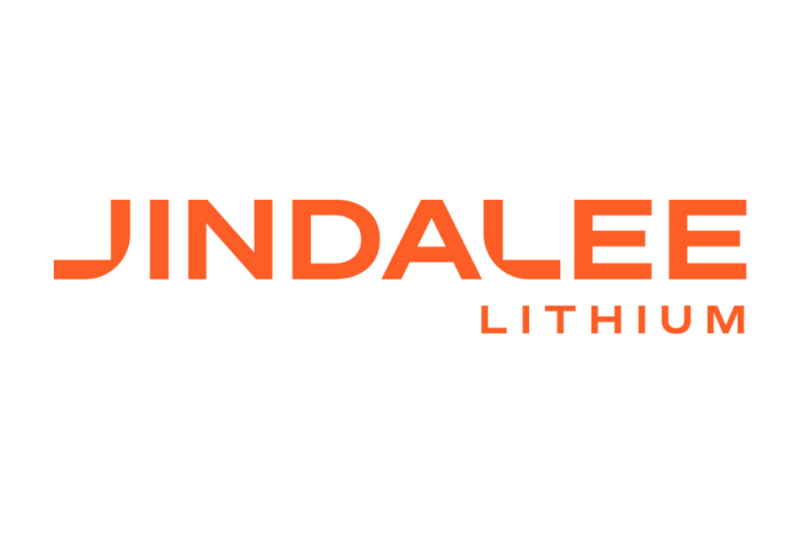
 Jindalee Lithium (JLL:AU) has announced Ian Rodger Appointed Managing Director
Jindalee Lithium (JLL:AU) has announced Ian Rodger Appointed Managing Director
